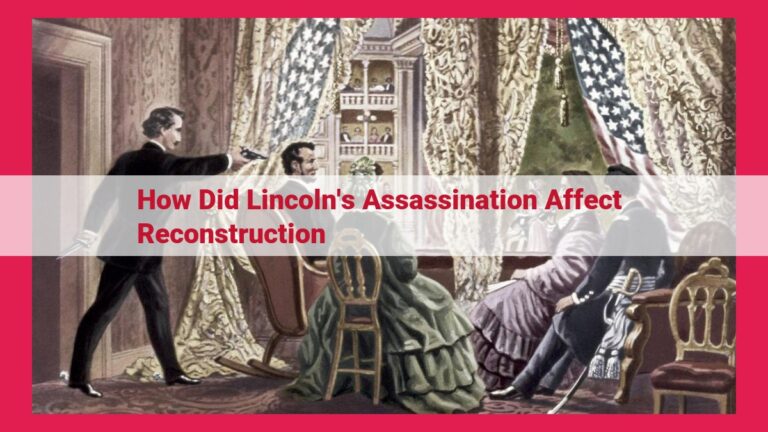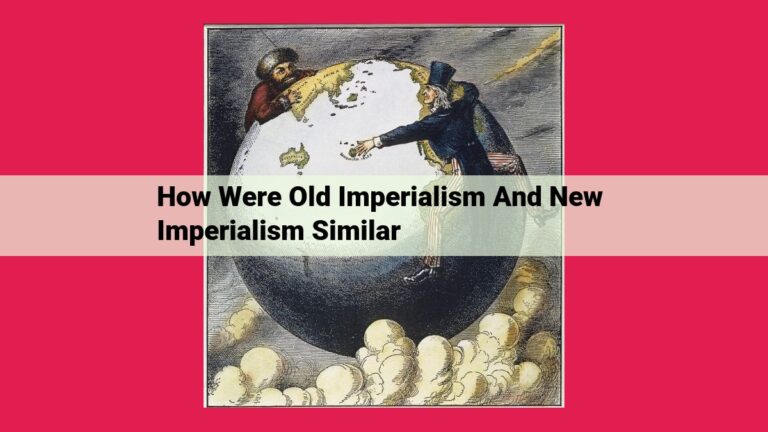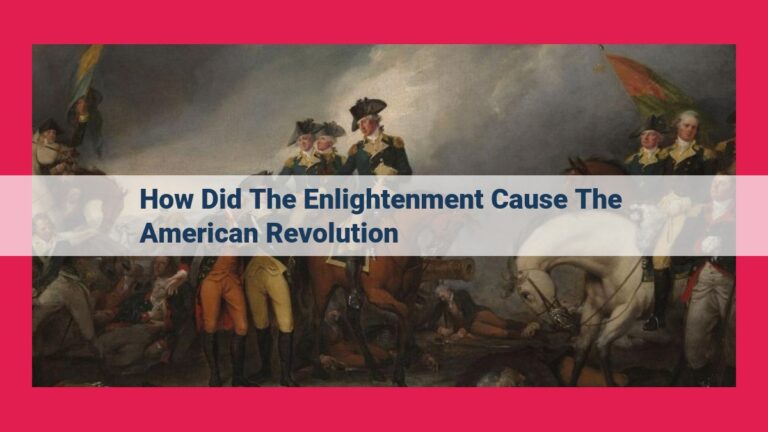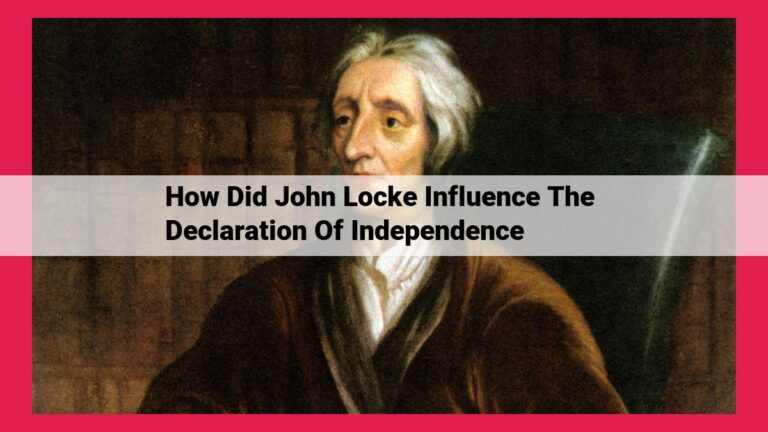Imperial Strategies For Citizen Contentment In Ancient Rome
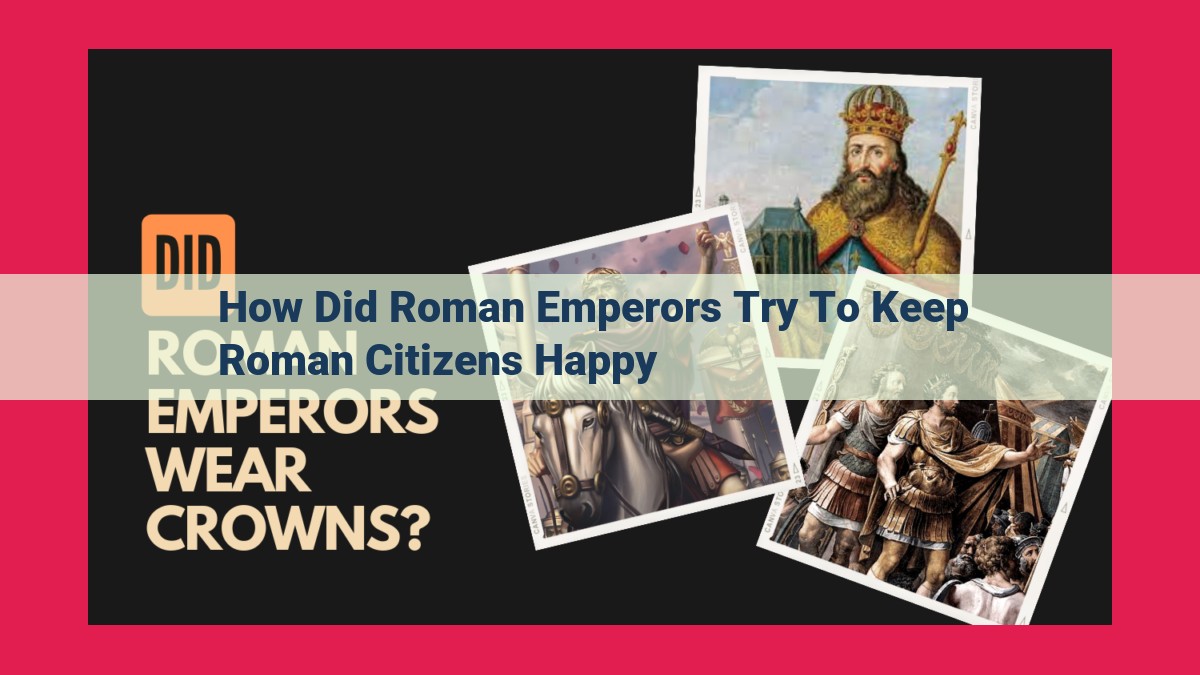
Roman emperors employed various strategies to maintain the contentment of their citizens, including: providing free entertainment like gladiatorial contests and chariot races to distract them from political unrest; promoting an imperial cult to foster loyalty and support; developing infrastructure and implementing social welfare programs to improve living conditions; granting religious toleration to foster stability; and securing borders with military protection to provide a sense of safety.
Public Spectacles: Bread and Circuses
In the grand tapestry of the Roman Empire, the provision of free entertainment for the masses played a crucial role in maintaining social order and diverting attention from pressing political and social issues. Known as “bread and circuses,” these spectacles became an integral part of Roman life, captivating the hearts and minds of citizens with their grandeur and extravagance.
Foremost among these spectacles were the gladiatorial contests, where skilled warriors clashed in bloody combat before roaring crowds. The chariot races, held in massive hippodromes, offered breathless moments of excitement as horses and charioteers raced for victory. Animal fights, featuring exotic beasts such as lions, tigers, and elephants, tested the limits of human daring.
Beyond the coliseums and race tracks, emperors organized theatrical performances, where actors brought tales of love, tragedy, and comedy to life. Music and dance filled the streets and theaters, providing an escape from the everyday grind. By immersing citizens in these grand spectacles, Roman emperors sought to distract them from the harsh realities of life, such as poverty, inequality, and political turmoil.
**Imperial Cult and Patronage: **Godlike Emperors and Loyal Subjects in Ancient Rome
Introduction:
In the vast empire of ancient Rome, emperors sought to rule not only by military might but also by captivating the hearts and minds of their citizens. The Imperial Cult played a crucial role in this strategy, elevating emperors to the realm of the gods and rewarding unwavering loyalty.
Divine Emperors:
Roman emperors, from Augustus onward, were often portrayed as divine beings. They were depicted in statues and coins with god-like attributes, such as laurel wreaths and lightning bolts. Emperors claimed descent from the gods and even acted as high priests in religious ceremonies. By associating themselves with the divine, they commanded respect and awe among the populace.
Rewards for Loyalty:
To foster unwavering support, emperors bestowed rewards upon loyal subjects. Wealthy patrons, known as clientes, received favors, titles, and tax breaks. In return, they were expected to provide political and financial assistance to the emperor. This patronage system created a network of loyal supporters who had a vested interest in the success of the empire.
Loyalty and Stability:
The Imperial Cult and patronage system helped to foster loyalty and stability within the Roman Empire. By presenting themselves as divine figures, emperors garnered the respect and obedience of their subjects. Loyal supporters, driven by the rewards of patronage, worked to maintain the emperor’s authority. This symbiotic relationship created a cohesive society that was less prone to unrest and rebellion.
Conclusion:
The Imperial Cult and Patronage in ancient Rome were masterful strategies used by emperors to secure their power and maintain the stability of their vast empire. By elevating themselves to the realm of the gods and rewarding loyal subjects, they created a society where divine authority and unwavering support went hand-in-hand. This unique blend of religious devotion and political patronage played a pivotal role in shaping the course of Roman history.
Infrastructure, Social Welfare, and the Cost of Empire
The Roman Empire, an enduring testament to architectural prowess and societal organization, achieved its grandeur through an intricate interplay of infrastructure, social welfare, and taxation.
Engineering Marvels for the People
Roman emperors commissioned vast public works projects that transformed the lives of their citizens. Roads and bridges crisscrossed the empire, connecting distant provinces and facilitating trade. Aqueducts brought life-giving water to cities, improving sanitation and hygiene. Public baths, such as the colossal Baths of Caracalla, provided relaxation, socialization, and opportunities for physical exercise.
Nurturing Citizen Well-being
Beyond physical infrastructure, Roman emperors implemented social welfare programs aimed at alleviating the burdens of the less fortunate. Grain subsidies kept bread affordable for the poor, ensuring a staple food source. Public baths offered a hygienic haven for all, regardless of social status. The state also provided entertainment, including lavish spectacles and gladiatorial contests, to distract and amuse the masses.
The Sinews of Empire: Taxation
These ambitious projects and programs required funding, which the Romans raised through a complex taxation system. Property taxes formed the cornerstone of the revenue base, while sales taxes, tolls, and import duties supplemented the coffers. Wealthy citizens bore the brunt of taxation, contributing significantly to the upkeep of the empire.
Balancing the Scales
The Roman Empire’s approach to infrastructure, social welfare, and taxation was a delicate balancing act. By providing essential services and entertainment, emperors maintained the loyalty of their citizens. Yet, the heavy tax burden could foster resentment among the populace. As the empire expanded, the cost of maintaining its sprawling territories and social programs became increasingly unsustainable, eventually contributing to its decline.
Legacy for the Ages
Despite the eventual fall of the Roman Empire, its legacy in infrastructure, social welfare, and taxation continues to shape the world today. Roads and bridges built by the Romans still serve as vital transportation networks. Public baths and sanitation systems are fundamental to modern cities. And the principles of taxation, albeit more complex, remain essential for funding government services that benefit all citizens.
Call to Action
The story of the Roman Empire is a reminder that the pursuit of greatness comes with both costs and rewards. As we continue to grapple with the challenges of governance, infrastructure, and social welfare, we can draw inspiration from the successes and failures of the Roman past to forge a better path for future generations.
Religious Tolerance and Military Protection in the Roman Empire
The Roman Empire’s vast expanse and diverse populations demanded a nuanced approach to religious beliefs and practices. Religious tolerance became a cornerstone policy, allowing citizens to worship freely as long as their practices did not disrupt public order or challenge imperial authority. This tolerant stance fostered a sense of unity and stability within the empire, forging a diverse society where individuals could follow their own religious traditions.
The legions played a vital role in ensuring the empire’s security and internal tranquility. These highly trained and disciplined soldiers defended borders from foreign threats and maintained law and order within the vast Roman territories. Their presence provided citizens with a sense of safety and stability, allowing them to pursue their livelihoods and enjoy the fruits of Roman civilization.
By implementing these policies, Roman emperors sought to create a harmonious and prosperous society. Religious tolerance promoted unity and integration, while military protection provided a secure environment for citizens to thrive. Together, these measures fostered a sense of belonging and well-being that contributed to the empire’s enduring legacy.
